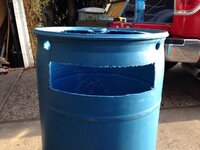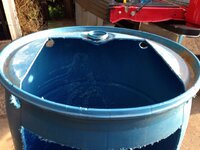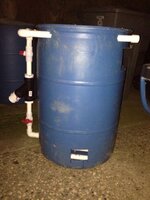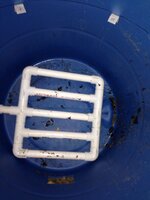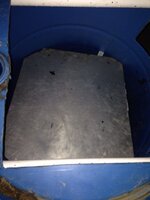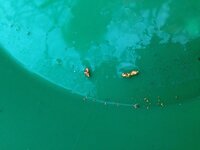QNCrazy
Hero Member
I have been on this forum for some time and have done research on all the different sluices out there. Athough I haven't purchased a BGT, I have been sold on the idea of the fluid bed and am working on a project of my own.
I have seen several people modify their BGT grizzlies by placing smaller mesh screen over the existing ones. My question is if I was to leave the 1/2" does the fluidizing chamber lock up with the 1/2" material(rocks) or does it get blown out? Specific density/gravity is fueling my thought process here. It seems to me, it would depend on amount of water through the fluidizing chamber via the river current and the fluidizing tubes. If there was too much water flow, theoretically, everything could be blown out. Too little water flow, the chamber would load up and the gold would pass right through. If I had enough flow to move the 1/2" material out of the chamber, wouldn't I be blowing everything smaller out?
Help me out here. I look forward to your answers.
I have seen several people modify their BGT grizzlies by placing smaller mesh screen over the existing ones. My question is if I was to leave the 1/2" does the fluidizing chamber lock up with the 1/2" material(rocks) or does it get blown out? Specific density/gravity is fueling my thought process here. It seems to me, it would depend on amount of water through the fluidizing chamber via the river current and the fluidizing tubes. If there was too much water flow, theoretically, everything could be blown out. Too little water flow, the chamber would load up and the gold would pass right through. If I had enough flow to move the 1/2" material out of the chamber, wouldn't I be blowing everything smaller out?
Help me out here. I look forward to your answers.


 A pinch sluice is an old design used in mills the material run through them was very small. PRE_ CLASSIFIED see. feed size 1mm
A pinch sluice is an old design used in mills the material run through them was very small. PRE_ CLASSIFIED see. feed size 1mm